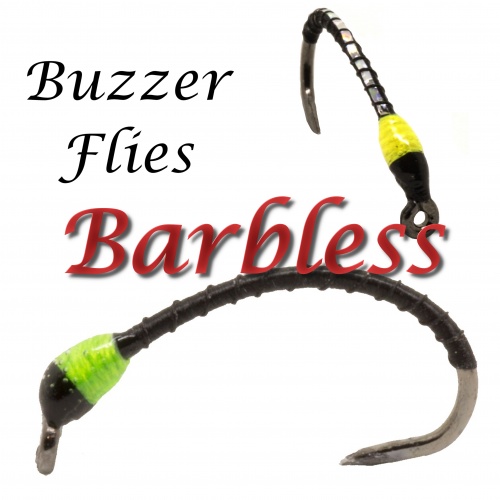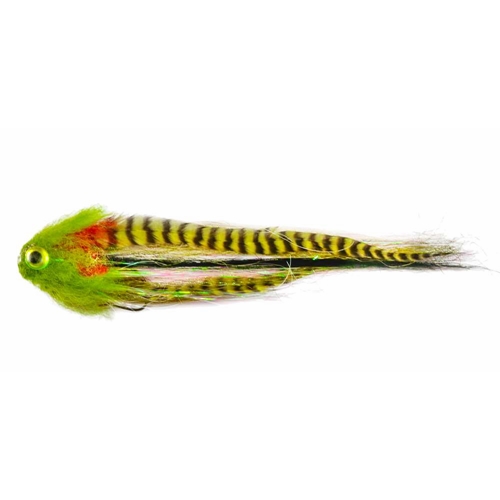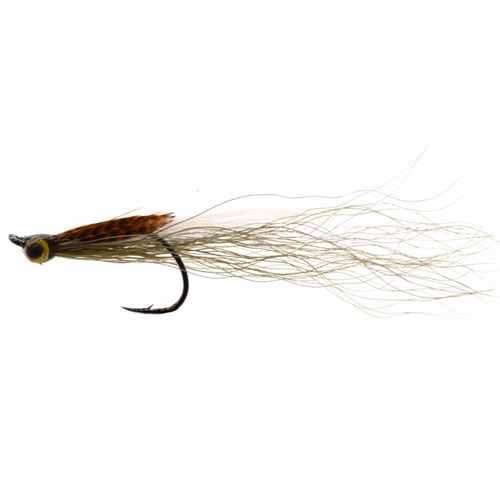 In fly fishing you can learn a lot about the catching ratio simply through observation. In particular, watching closely how fish behave. Fish behave purely out of instinct, and they are also adept at conserving energy. For example, they will balance out the amount of nutrition they can get by expending the least amount of energy. Typically their food comes floating to them, and a fish which is eating nymphs will usually catching them when they are swimming to the surface of the water to hatch. You need to watch out, basically for the “rise form”, which is a description of a fish’s action as it eats.
In fly fishing you can learn a lot about the catching ratio simply through observation. In particular, watching closely how fish behave. Fish behave purely out of instinct, and they are also adept at conserving energy. For example, they will balance out the amount of nutrition they can get by expending the least amount of energy. Typically their food comes floating to them, and a fish which is eating nymphs will usually catching them when they are swimming to the surface of the water to hatch. You need to watch out, basically for the “rise form”, which is a description of a fish’s action as it eats.
A classic rise form is the caddis take. Caddis hatch and lay their eggs in the water, though they are not keen on water. A caddis doesn't just sit still, but instead flutters and jumps. Fish go for caddis in a noisy, flashy way, sometimes even leaping out of the water for the take, and you cannot miss this rise form. But matching what you have in your fly box can be a challenge, so always have several sizes and colours of caddis available.
Another form is “bulging”, a visible hump in the water. Now and again a tail or dorsal fin will break the surface, but more often than not you will only see a bulge, similar in appearance to water flowing over a submerged rock. In this case fish are either taking nymphs or emergers within the top two inches of the surface. After a spinner fall, the dead and dying spinners begin to sink, and can be taken by trout in the same way.
Finally, there is the “sip’ or “dry fly take”. Trout in their pattern face into the current and quietly suck insects in, expelling the water through their gills. So if your fly is in the feeding lane, by carefully targetting the fish will sip it the way it would do any natural insect.
Start by picking one area of water and scan it carefully, watching for any of these signs before you start fly fishing, and in that way you are more likely to succeed.




















